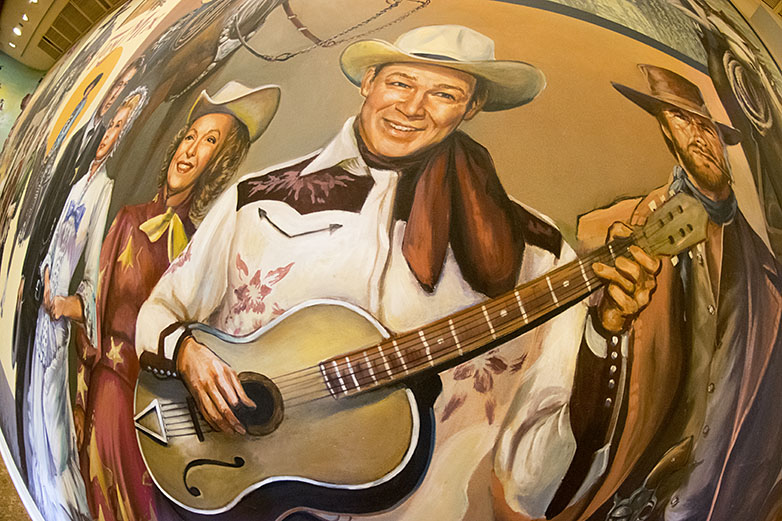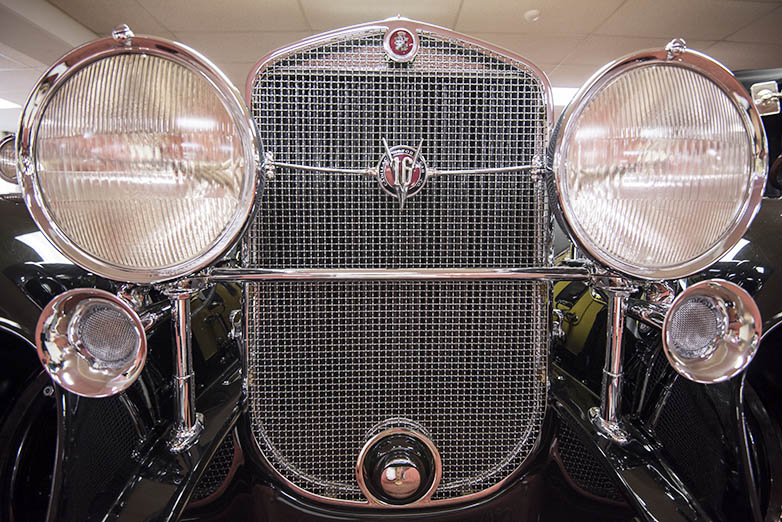Photography is a big part of a motorcycle trip for me. I’ve been riding motorcycles on long rides for a long time, and capturing the memories adds immensely to the enjoyment. I relive and remember each of my adventures though the photos. The photo quality standards for online stuff are not that high (it’s all 72 dpi and small photos); the requirements for print publication are significantly more stringent (that’s all 300 dpi and big picture stuff). The gear I carry meets both standards well. From time to time people ask me about the camera gear I use on my motorcycle adventures, so I thought I would take a few minutes to describe the toys I bring along.
Motorcycle Travel Photography Gear
Here’s the photo gear I bring on a motorcycle trip:
Nikon D3300 digital single lens reflex (DSLR) camera.
Nikon 18-55mm VR general duty lens.
Nikon 70-300mm VR telephoto lens.
Tokina 12-24mm wide angle lens.
Circular polarizers for all of the above lenses.
Extra camera battery.
Battery charger.
Extra SD card.
Tamrac Velocity 7X camera bag.
I know that sounds like a lot, but it’s really not that much, it gives great capability on the road, and it all fits into my CSC RX3 motorcycle’s topcase.
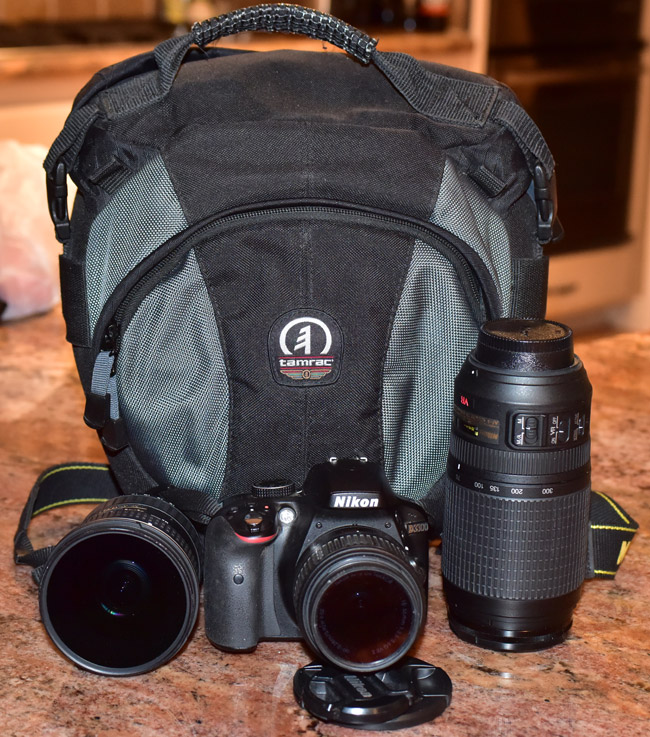
I’m a Nikon guy, but any of the current crop of DSLR cameras has capabilities way beyond the abilities of most photographers (including me). Gresh prefers Canon. Here’s your shovel, take you pick. Six to one, half a dozen to the other. All the manufacturers offer good cameras. My D3300 is a 24-megapixel camera, which means I can crop the photo significantly and still have sufficient resolution. It’s a good size for a digital image.
DSLR Advantages
I use a DSLR camera because when I press the shutter button, I want the shutter to trip instantly. The point-and-shoot cameras usually have ½-second or so lag after depressing the shutter button, and that’s unnerving if you’re shooting anything other than landscapes. Maybe the technology has advanced to where that’s no longer a point-and-shoot issue, but I’ll still stick with my DSLR because a DSLR gives me creative control. I usually shoot in the Program Mode, but if I’m not happy with that, or I want greater depth of field, I can make the camera do pretty much anything I want it to.
One of the things that is so appealing to me about the D3300 is its light weight. I often ride with the camera hanging from my neck so I can snap shots from the saddle while on the move, and the D3300’s light weight makes this easy. Several of the photographs I’ve had published were taken while I was riding the motorcycle. It’s way better than the standard motorcycle-parked-by-the-side-of-the-road stuff you see most of the time. I think shots from the saddle bring readers into the ride. One thought I want to interject about this shooting-from-the-saddle business: When I take photos while riding my motorcycle, I never use the camera’s viewfinder or rear LCD screen. Trying to look at the camera (or worse, trying to look through the viewfinder) while riding is dangerous and I don’t do it. I use the camera’s 18-55mm lens and I leave it at about the 24mm mark. I’ll point the camera in the general direction of what I want to photograph, and I take a lot of photos knowing that one or more of them will be good. Digital film is cheap.
The last thing I’ll mention is the histogram. It’s the display you can see on the camera back that tells you instantly if the exposure is correct. All DSLRs have a histogram capability. This x-y plot lets you know if the photo is under or over exposed, allowing you to dial in exposure compensation to adjust for it.
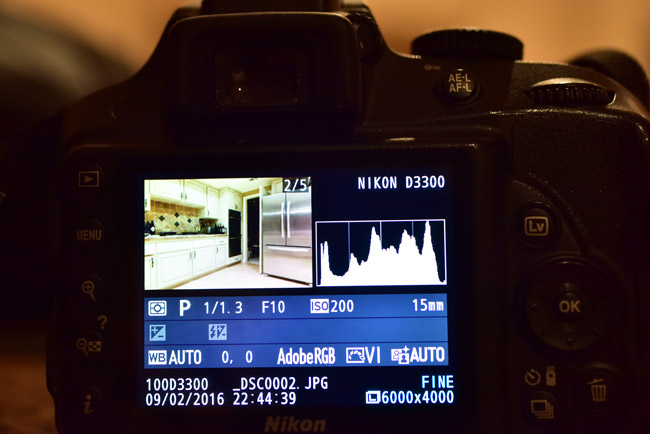
DSLR Cost
The D3300 used to be Nikon’s lowest-cost DSLR camera. I think they’re up to the D3500 now. I like the D3300 for the motorcycle and overseas trips because it’s light, it’s small, it’s capabilities are amazing, and it’s inexpensive. I think I paid $499 for my D3300 a few years ago; I’ve recently seen the current D3500 on sale for something like $399, including the 18-55mm lens. Sometimes Costco has a package deal on the camera, two lenses, a carrying case, the SD card, and more. It’s a phenomenal deal.
Making Movies
The D3300 also has a video mode. I thought that was kind of silly at first, but I changed my mind the first time I used the video feature. The video is superb, and Nikon’s vibration reduction (VR) feature makes the video rock steady. On our second day in Mexico on the first CSC Baja ride, I rode ahead of the group and filmed all of the riders as they came around a bend. When I viewed the video on my laptop later that night, I was blown away by how good it was. The video looked as if the camera had been tripod mounted. When I saw the video, I knew I had purchased the right camera.
Moto Photography Travel Lenses
Moving on to the lenses for the D3300, I travel with three. I use the camera’s 18-55mm lens for the majority of my photos, I use the Tokina 12-24mm lens for the wide-angle panoramic shots, and I use the Nikon 70-300mm telephoto for the long-distance stuff. The 18-55mm is my default lens, and it stays on the camera most of the time. It used to be that the standard low-cost zoom lenses that camera manufacturers provided with their low-end cameras were mediocre. That’s not the case with Nikon’s 18-55mm lens. It does an excellent job, returning high contrast and sharp images. The other thing I like about the 18-55mm Nikon lens is that it has Nikon’s VR feature. It works and I like it. It delivers significantly sharper hand-held photos.
Sometimes you see something that screams out for a wide angle lens, and on the Colombia trip I brought my Tokina 12-24mm lens with me for those occasions. I like that lens a lot because of its sharpness, high contrast, and overall construction quality. The photo magazines rated the Tokina 12-24mm as sharper than Nikon’s 12-24mm lens, which costs more than twice the Tokina lens. I’ve had a lot of photos published using this lens in the “Destinations” pieces I write for Motorcycle Classics.
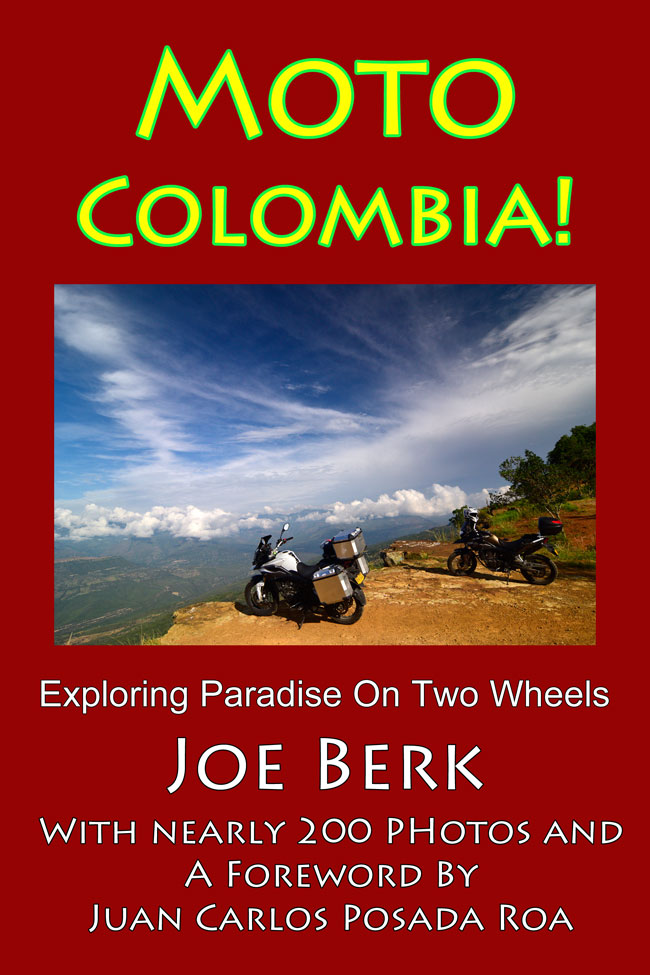
I shot the photo on the cover of Moto Colombia with the Tokina wide angle lens at the edge of a cliff in Barichara. It was great place and a great moment, and I preserved it with a great photo.
I brought my 70-300mm Nikon lens with me on the Colombia trip, too. It’s a big, heavy, and clunky lens and it goes against what I always tell people, and that is to travel light. I only used the 70-300mm on the camera twice while I was in Colombia, and on one of those two occasions, my subject got away before I could get a good photo. That was when I tried to photograph an iguana while having lunch in Magangué. On the other occasion, though, I was quicker (actually, my subjects were slower). That’s when I photographed the vultures outside of Guane. I captured some amazing shots of those big old Colombian vultures.
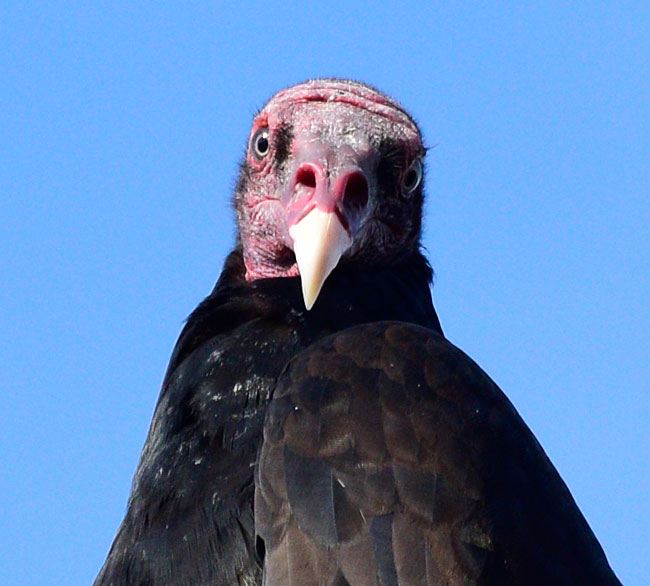
I had circular polarizers with me for all three lenses. A circular polarizer filters out the white light and that makes the colors much more vibrant in outdoor shots. I left the polarizers on the lens, and I would remove them when I shot indoors, or at night, or when I used flash. They don’t take up much room, and they make a real difference on outdoor shots.
A Good Camera Bag
I carried all of the above in a Tamrac Velocity 7X camera bag. The Tamrac bag has a sling that makes it easy to carry, but I didn’t carry the bag much. I’d just throw the whole enchilada (the Tamrac bag with the camera, the lenses, a spare battery, and the battery charger) in the topcase.
And folks, that’s it. If you have any thoughts on moto photography travel gear, we’d love to hear them. Just leave a comment below and share your thoughts with us.
Never miss an ExNotes blog. Sign up here:

 I admit, I went full geek on camera gear for a few years. I spent thousands of dollars securing professional-level gear and studied photography online with the fervor of a Bit Coin disciple. I bought lenses, flashguns, radio-controlled shutter releases, more flashguns that communicated with each other via optical signals. I bought tripods, then heavier tripods, then sexto-pods with so many legs it was like wrestling an octopus trying to set the things up.
I admit, I went full geek on camera gear for a few years. I spent thousands of dollars securing professional-level gear and studied photography online with the fervor of a Bit Coin disciple. I bought lenses, flashguns, radio-controlled shutter releases, more flashguns that communicated with each other via optical signals. I bought tripods, then heavier tripods, then sexto-pods with so many legs it was like wrestling an octopus trying to set the things up.